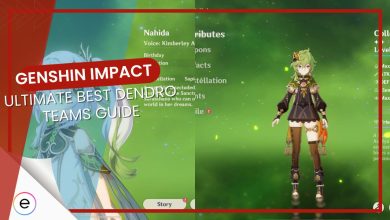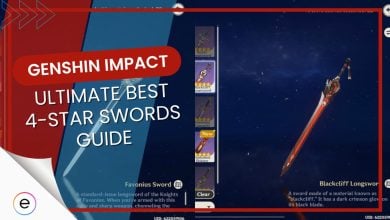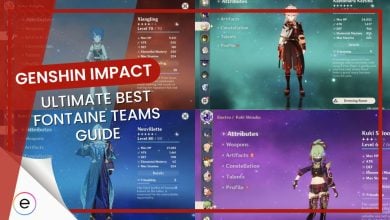Genshin Impact Review
Overall
-
Story And Setting
-
Gameplay
-
Visuals And Performance
Verdict
Genshin Impact is a revolutionary Gacha game that delivers a unique experience that can be fully enjoyed without spending any money.
- Developer: miHoYo
- Publisher: HoYoverse
- Release Date: September 28, 2020
- Platforms: PC, PlayStation 5, PlayStation 4, Mobile
- Tested On: PC
Pros
- Open World
- Beautiful Graphics
- Dynamic Combat
- Appealing Characters
- Excellent Music
- Free-To-Play
Cons
- Gacha Elements
- Time Gated Rewards
- Verbose Dialogue
Developed and published bymiHoYo, Genshin Impact is a free-to-play action role-playing Gacha game that was originally released on 28th September 2020. Soon afterward, it quickly gained popularity due to its stunning visuals, open-world exploration, and engaging storyline.
But when the title first started gaining traction before its release. it had to deal with a lot of hate and criticism, being infamously labeled as a cheap mobile Breath of the Wild clone. Now years on, it has far exceeded its inspiration in terms of scope and revenue and is now one of the biggest games in the world.
Story And Setting
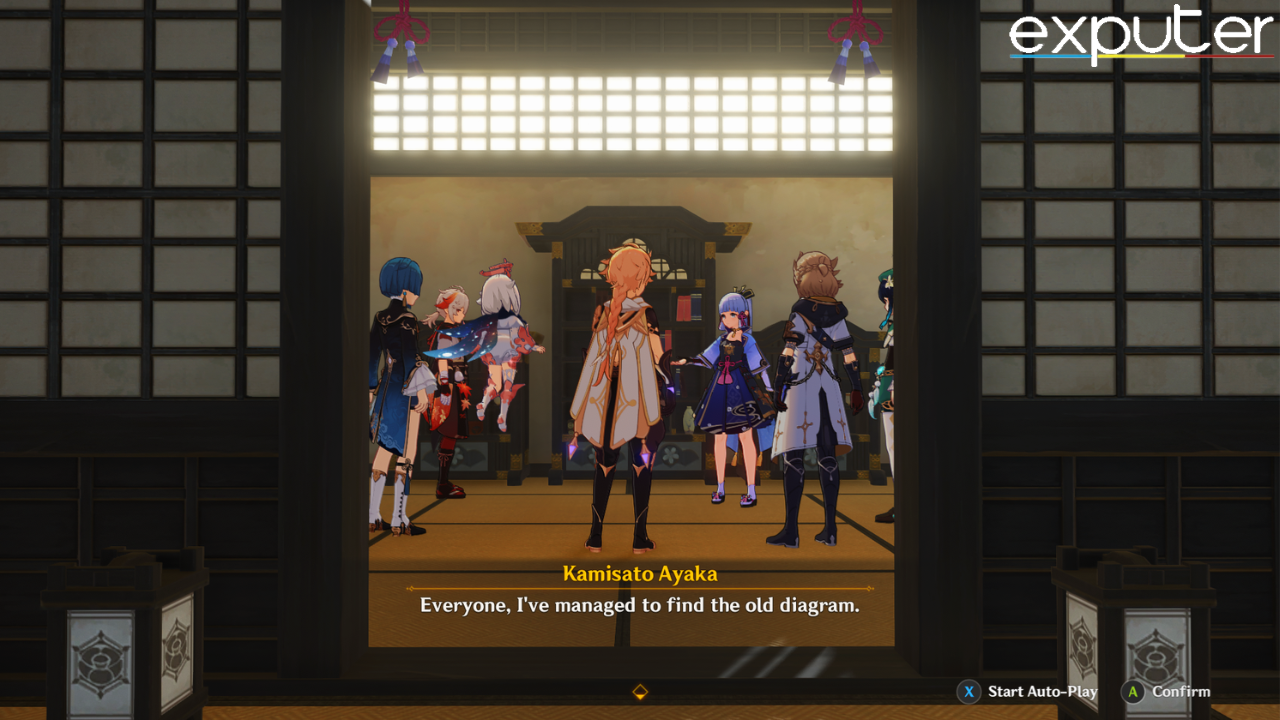
Genshin Impact is set in the fantasy world of Teyvat, a land divided into seven distinct nations, each associated with a different element and overseen by a deity known as the Archon. The seven elements in are Anemo (wind), Geo (earth), Electro (electricity), Dendro (nature), Hydro (water), Pyro (fire), and Cryo (ice).
The game’s story primarily revolves around the Traveler, the player character, who arrives in Teyvat searching for their lost sibling.
The prologue takes place in Mondstadt and is a very good introductory chapter that not only familiarizes players with the current affairs of Teyvat but also sets the scene for future plot developments. It introduces us to the Fatui as a formidable organization that’s on a mission to oppose gods and the mysterious Abyss Order.
Both of these antagonists play a major role further down in the story. As a prologue to the game, it gets the job done. The next chapter starts with a bang as the Traveler gets implicated in the death of the Geo Archon just as they enter Liyue.
The stark contrast between the Traveler’s relationship with the Harbinger Childe as opposed to Signora from the previous chapter is very well executed and shows that the Fatui have more nuance to their motivation. Aside from the second act that grinds the pacing to a halt, the Liyue chapter is pretty decent overall.
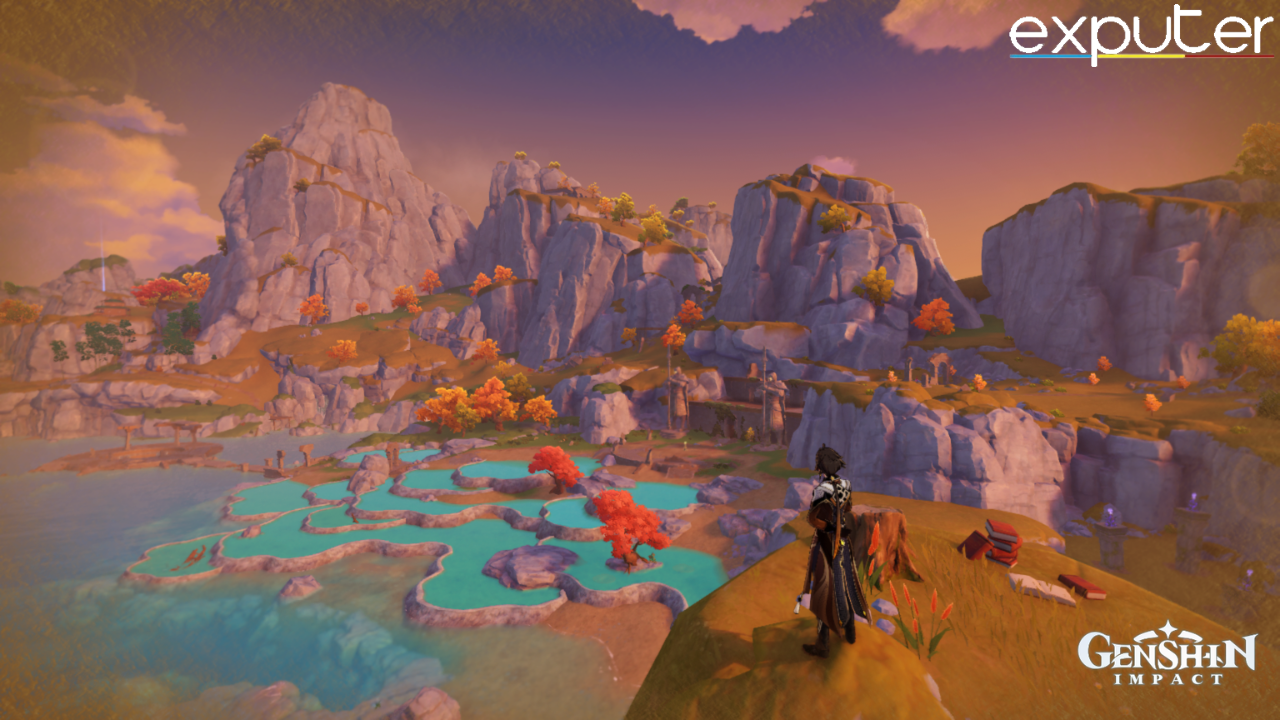
The Inazuma arc is perhaps the most controversial one. It was released close to the first anniversary along with the first major expansion to the game, so there was a lot of hype surrounding it. While the first act does an excellent job of introducing us to the new region, the pacing issues become extremely apparent,
In order to progress the main story, you are now required to finish two fairly lengthy side quests that have nothing to do with the main plot. The payoff is also questionable since the rest of the chapter is very rushed and doesn’t do justice to most of the characters introduced but at least the final cutscene makes it all worth it.
The game begins with the Traveler and their sibling arriving in the world of Teyvat but being separated by an unknown god.
The Sumeru chapter is where the game’s storytelling sees a drastic improvement. It seems Hoyoverse really listened to the criticism of Inazuma, as the Archon Quest is now extended to a total of five acts instead of three, giving ample time to properly develop all the involved characters and progress the plot at a consistent pace.
It has no filler arcs like Liyue or Inazuma either. Just 20+ hours of top-tier storytelling.
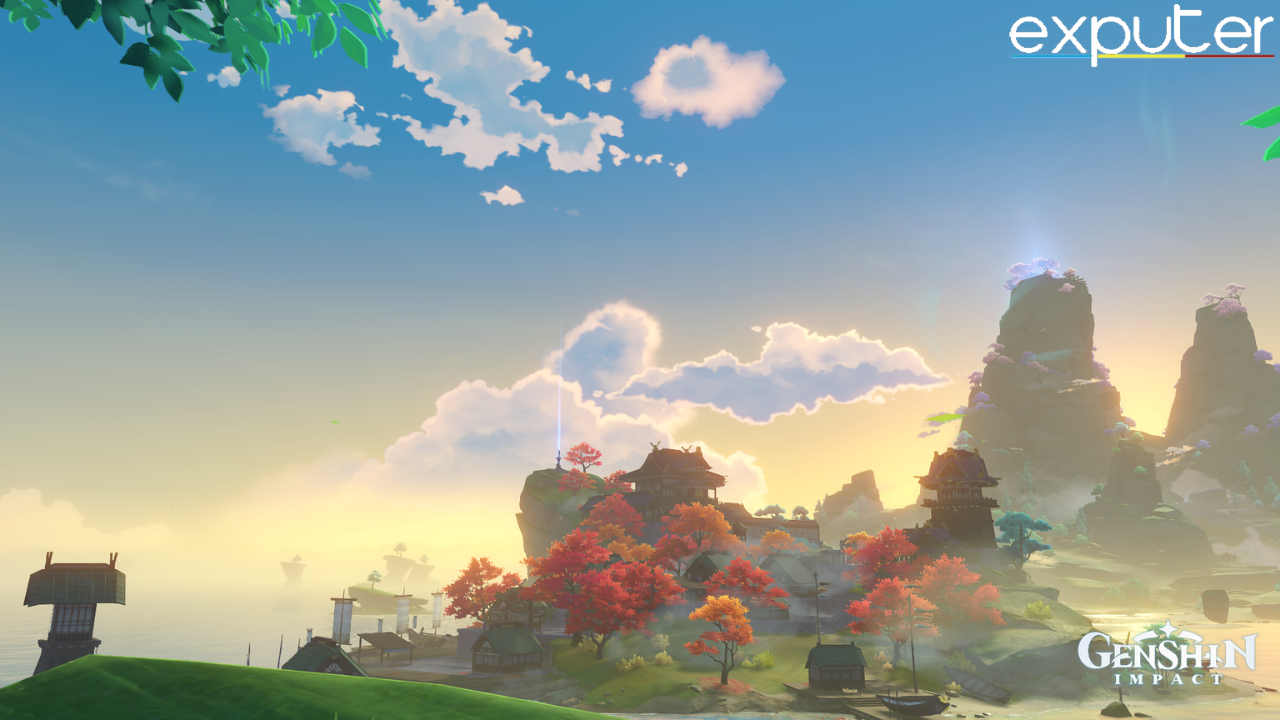
The game is known for its episodic storytelling, and new content and story arcs have been continually added to the game every six weeks since its release. The current nation, Fontaine, was released on 16th August 2023 with the Version 4.0 update.
It sees the player continue their journey into the long-anticipated nation of Hydro, and the first two acts of the new Archon Quest live up to the same standard that players have come to expect after Sumeru.
Players can expect further developments in the overarching plot, including the mystery behind the Traveler’s sibling, the involvement of other Archons, and the true nature of the world of Teyvat.
Gameplay
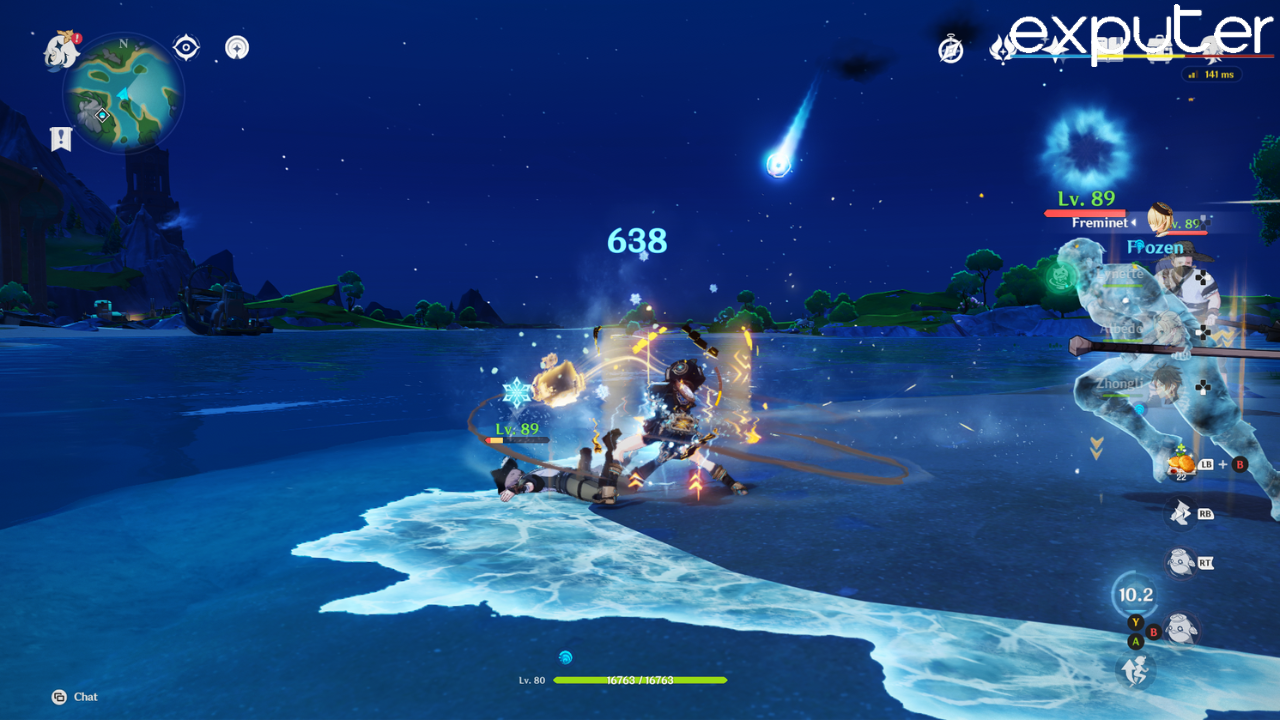
In Genshin Impact, the combat system centers on the interactions between seven elements, leading to elemental reactions with various effects such as damage amplification, status effects, and crowd control. These reactions are the core of the game’s strategic depth, adding complexity to battles.
Character kits are designed to utilize these elemental reactions effectively, significantly influencing a character’s viability and power level. Crafting a well-rounded team with complementary elements and abilities allows players to capitalize on these reactions for the best possible gameplay experience.
Playable characters hold Visions, elemental gems representing their ambition recognized by a god, granting them the ability to wield specific elements in combat. Additionally, they also wield one of five weapon types: Sword, Polearm, Claymore, Bow, or Catalyst.
Each weapon type has distinct characteristics. Melee weapon users primarily deal non-elemental Physical damage, while bow users can shoot elemental arrows. Catalyst-wielding characters focus solely on elemental damage. Character kits are tailored with these weapon types and elemental affinities in mind.

To effectively utilize Visions and weapons, characters rely on three core talents: normal attacks, elemental skills, and Elemental Burst. Normal attacks are basic weapon strikes, while elemental skills tap into Vision-based power, generating energy and triggering various effects.
Elemental Bursts require energy and offer a wide range of effects, from dealing elemental damage to crowd control and party support.
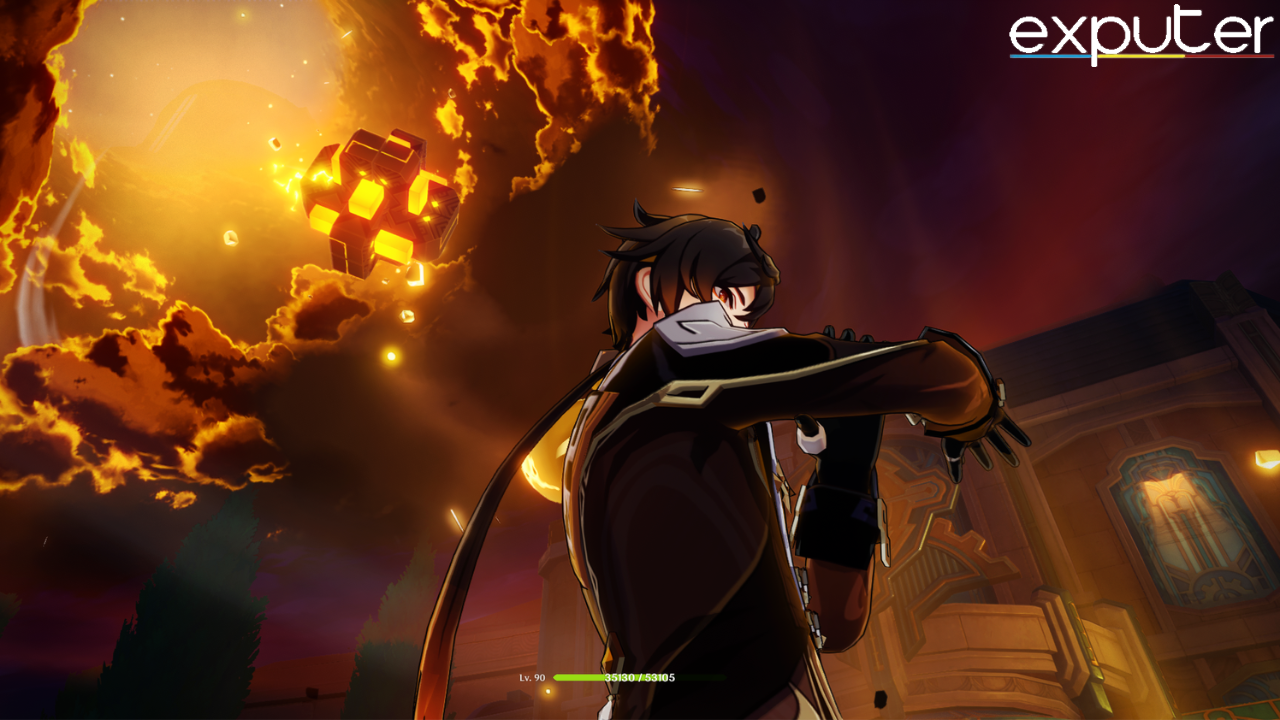
Players can take full advantage of a character’s abilities through character progression, which involves equipping characters with artifacts to enhance their stats and abilities, with the option to level up and enhance these artifacts.
The combat system centers on the interactions between seven elements, leading to elemental reactions with various effects.
Additionally, character Ascension is a crucial system, requiring specific materials to raise a character’s level cap, unlocking new abilities and talents. However, both of these systems are influenced by the Resin system, a limited energy resource that regulates the frequency of reward collection from bosses and domains.
Resin gradually replenishes over time, adding an element of resource management and strategic planning to character advancement and loot acquisition.
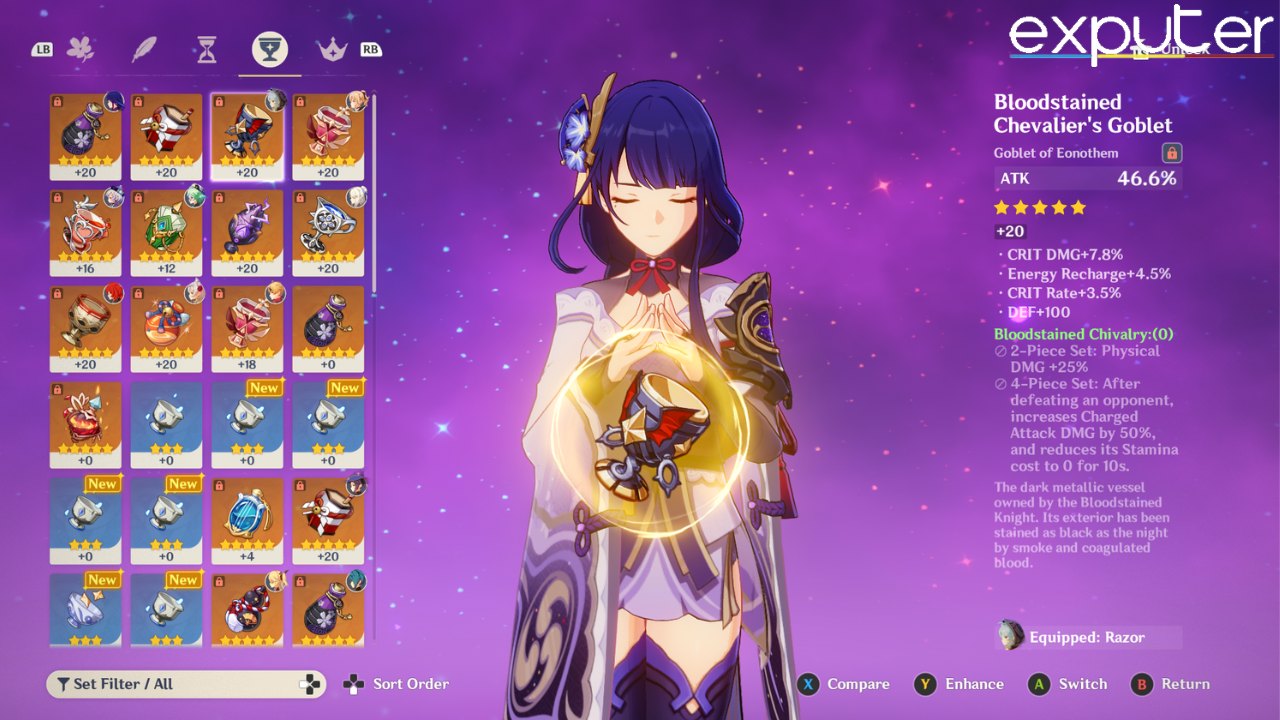
Genshin Impact also incorporates a Gacha system as its primary method for acquiring new characters, weapons, and various in-game items. This system operates through the Wish mechanic, where players use an in-game currency called Primogems to get the ball rolling.
These Wishes grant players a chance to receive various rewards, with the most coveted ones being 5-star characters and weapons. There are two main types of wishes: Character Event Wishes and Weapon Event Wishes.
Event Wishes, commonly called Banners, are typically tied to limited-time events and focus on specific featured characters and weapons. These offer an increased drop rate for both the featured 5-star and 4-star characters and weapons. The contents of these banners change periodically, often with the introduction of new characters.

To Wish on these Banners, players require items called Intertwined Fates, which can be exchanged for Primogems, the in-game currency used for making wishes. Primogems can be obtained by engaging in various activities within the game world.
Completing quests, exploring the open world, opening chests, and clearing domains are some of the ways to earn Primogems. Additionally, players have the option to purchase Primogems using real money through microtransactions.
Each wish has specific drop rates for different items. For instance, a character event wish might have a 0.6% chance of obtaining the featured 5-star character, a 5.1% chance for a 4-star item, and increased chances for 3-star weapons. The drop rates provide a glimpse into the rarity and likelihood of specific rewards.
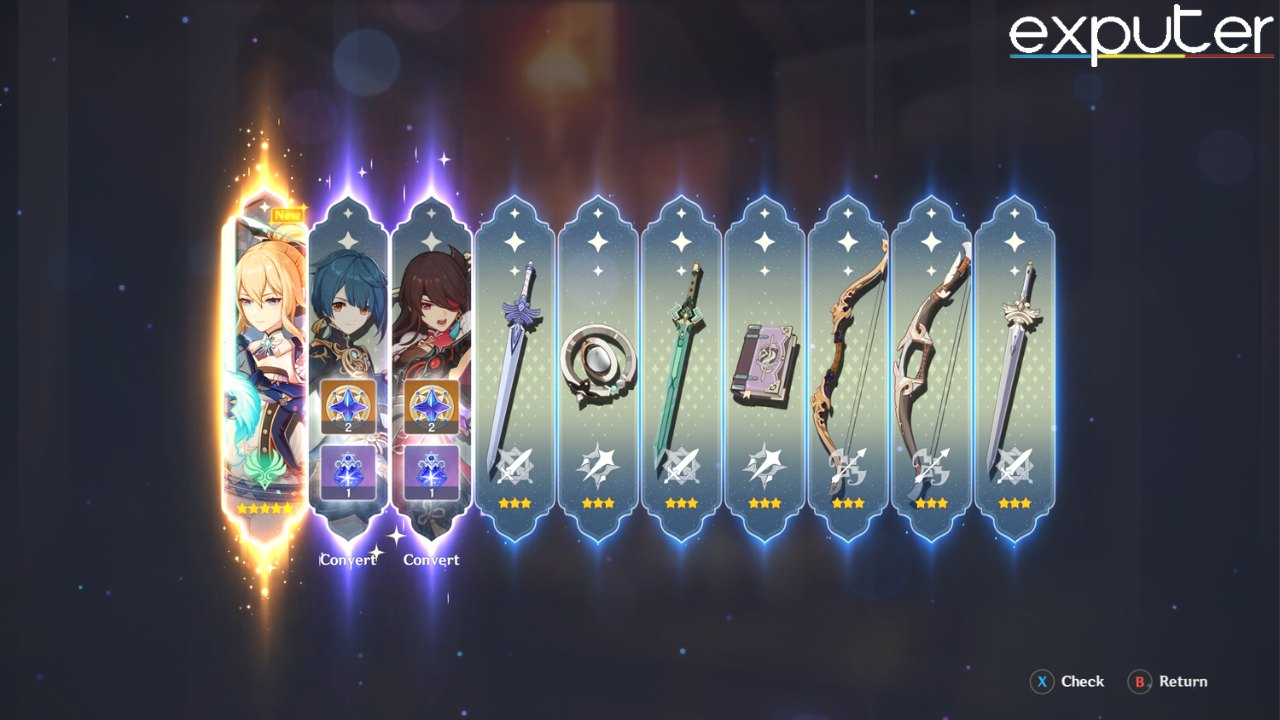
Additionally, a key feature of the game is the “Pity System”. This guarantees that if a player has had a streak of bad luck and hasn’t received a 5-star item within a certain number of pulls, they will be guaranteed to receive a one.
On top of this, if the obtained 5-star is not the rate-up item on the Banner, the next 5-star drop is guaranteed to be the rate-up item. This ensures that players eventually receive the limited 5-star item even if they experience less fortunate outcomes initially.
Visuals And Performance
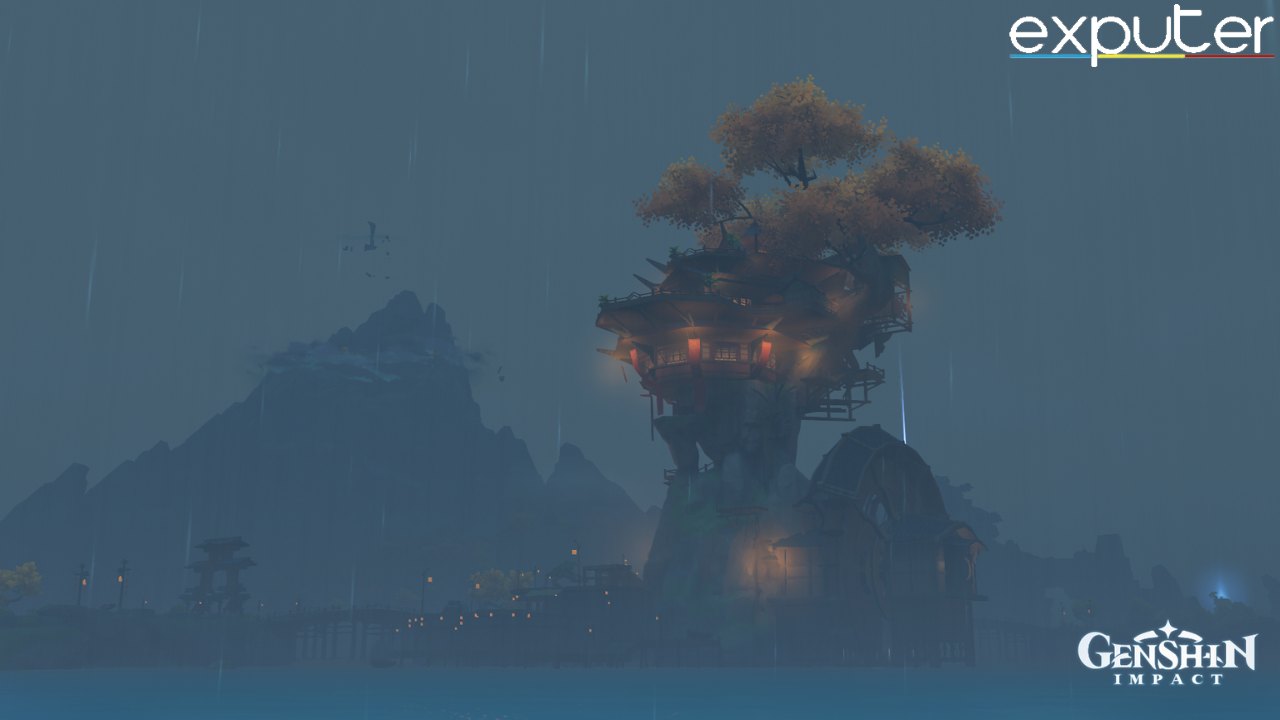
Genshin Impact uses an anime-inspired art style which gives it a very distinct and timeless look. Each of its currently available nations has unique landscapes with sub-regions going into further variety. Some of the scenery can be very beautiful and even idyllic.
The game presents players with a very varied yet still cohesive open world and draws inspiration from real-world locales such as the Huanglong Travertine Pools. From the desolate islands of Inazuma to the arid deserts of Sumeru, the landscapes are a vibrant canvas of colors and feature dynamic weather effects and a day-night cycle.
The game presents players with a very varied yet still cohesive open world and draws inspiration from real-world locales.
Character and enemy designs are equally impressive, with each character’s aesthetics reflecting their real-life inspirations. Sumeru specifically is filled to the brim with cultural inspiration from the Middle East.
Performance-wise, having been made to be playable on mobile phones, the game has very low system requirements, being perfectly playable even with integrated graphics.
Verdict
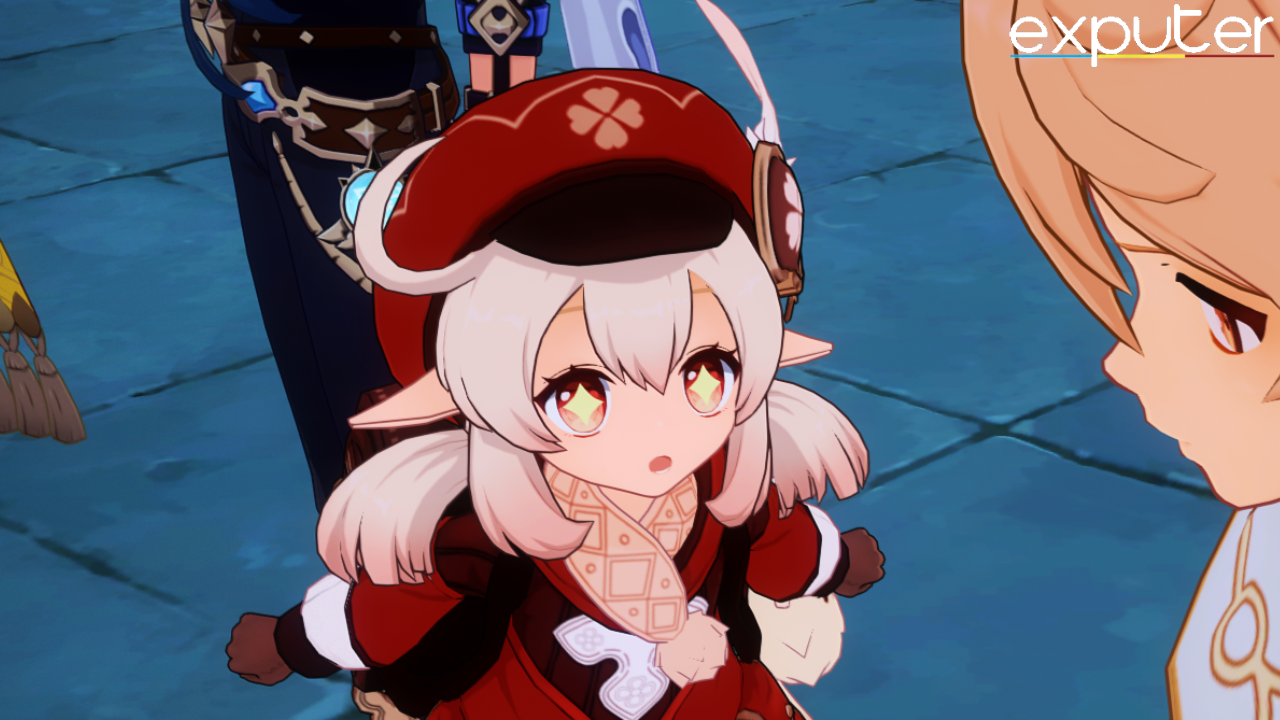
There’s no doubt that Genshin Impact has done what no other mobile game has ever been able to do. The game genuinely feels like a AAA RPG instead of a casual mobile cash grab. Whether you love or hate the Gacha elements, the main foundation of the game is solid.
It checks all the boxes a modern console game is expected to check, and delivers a unique experience that can still be fully enjoyed without spending any money. All in all, I believe it’s a game everyone should play at least once in their life.
This has been our Genshin Impact Review. While you’re here, consider checking out some of our other articles.
- CS: GO Review
- Mortal Kombat 1 Review
- Fortnite Review
- NBA 2K24 Review
- Immortals of Aveum Review
- Starfield Review
Thanks! Do share your feedback with us. ⚡
How can we make this post better? Your help would be appreciated. ✍
